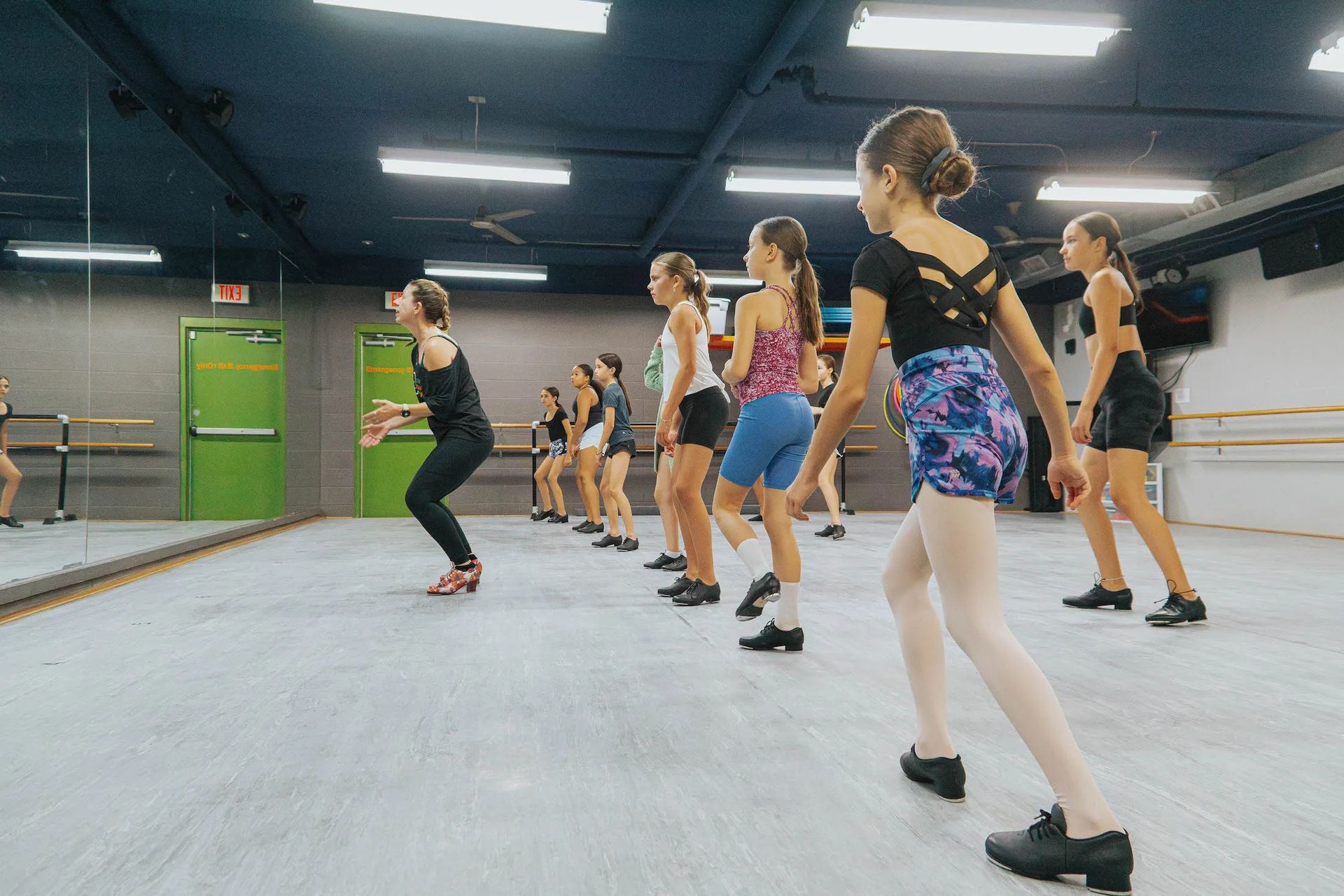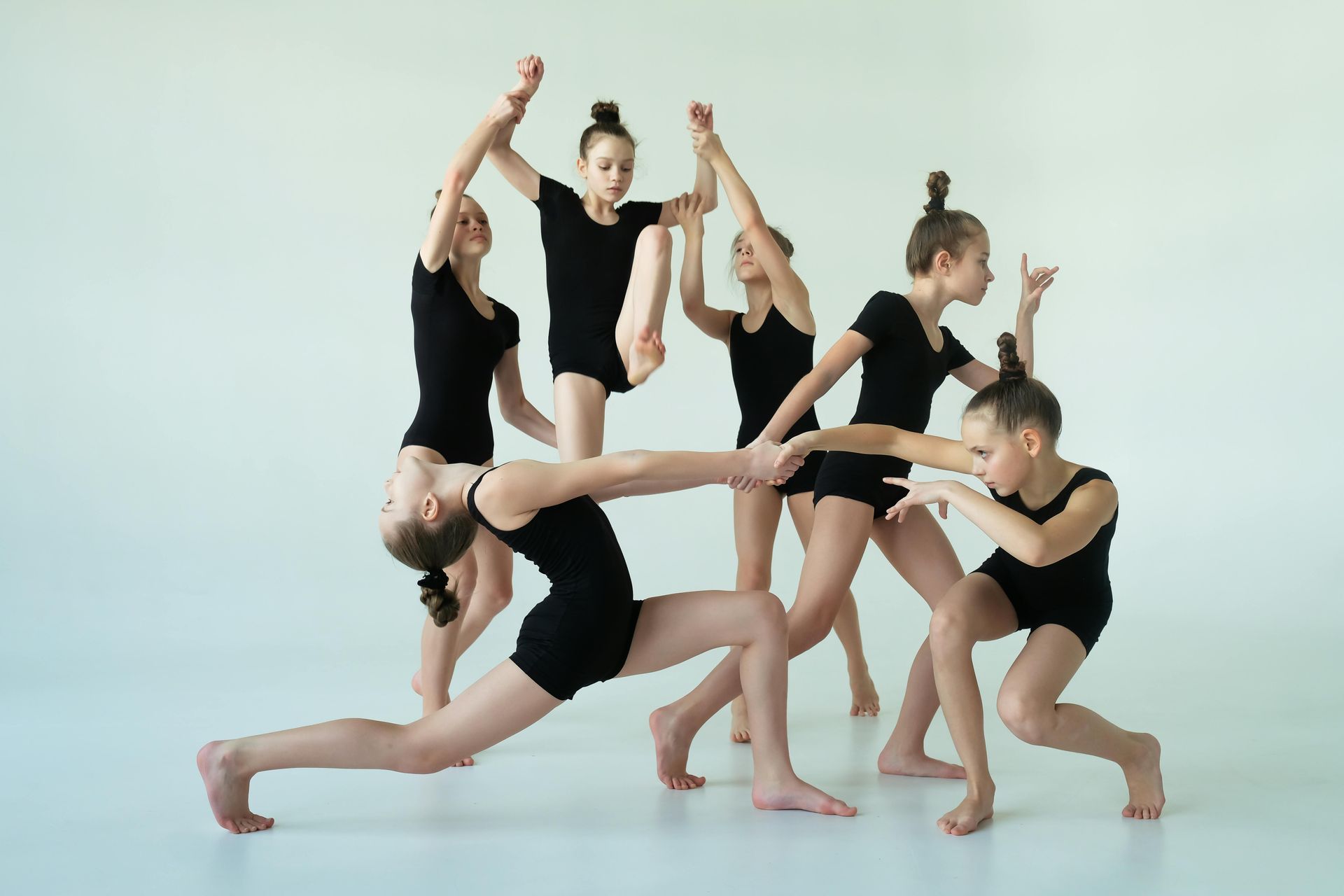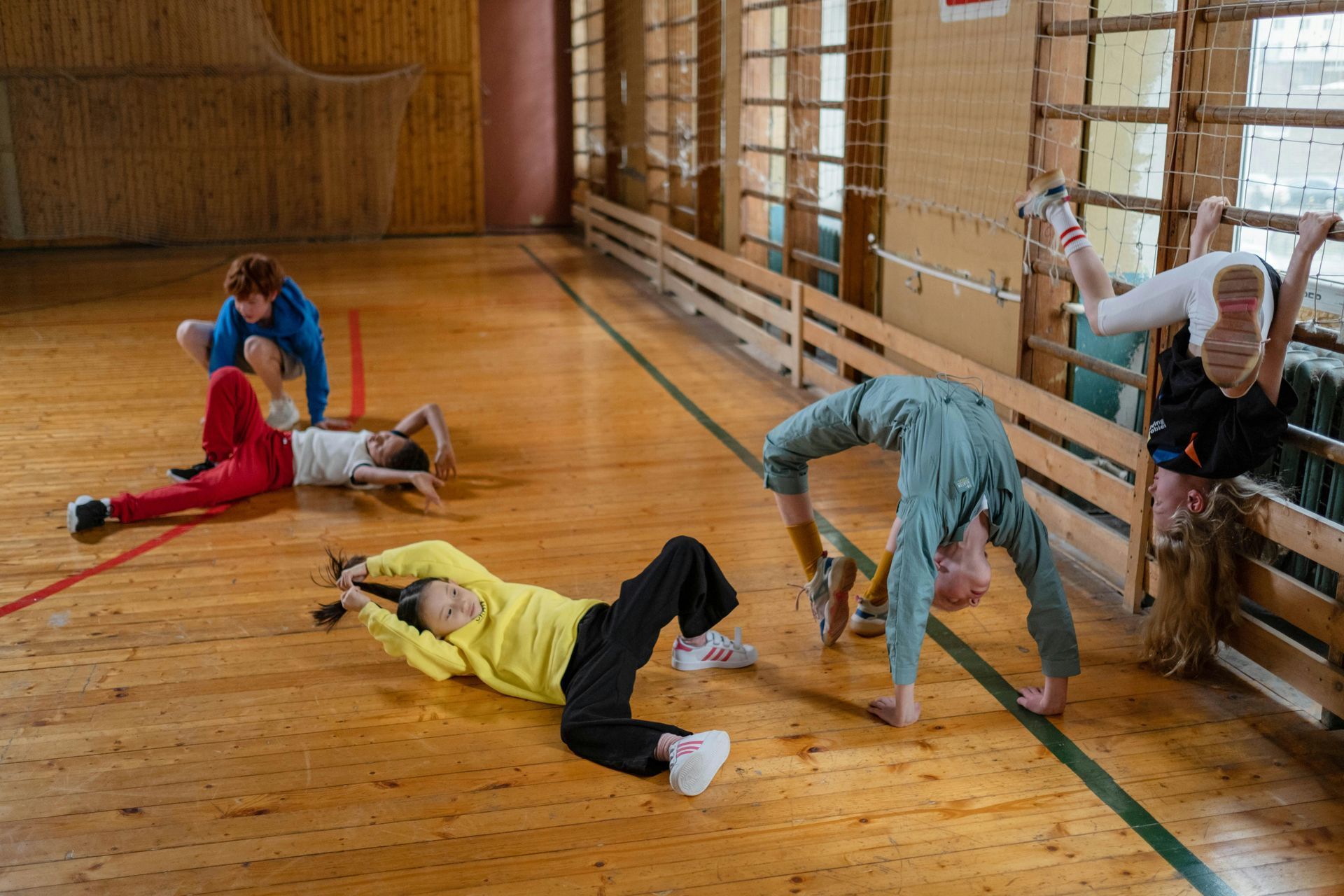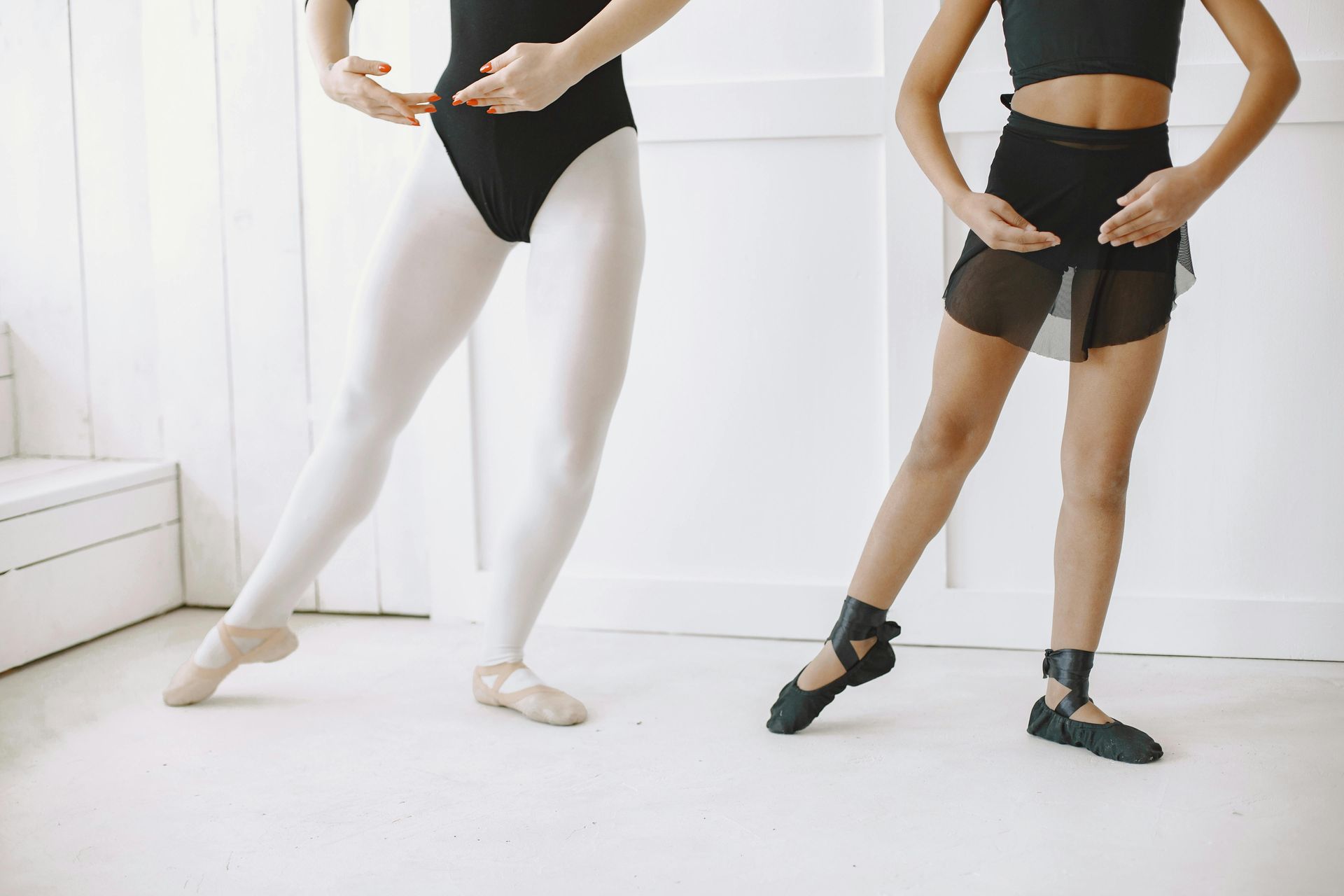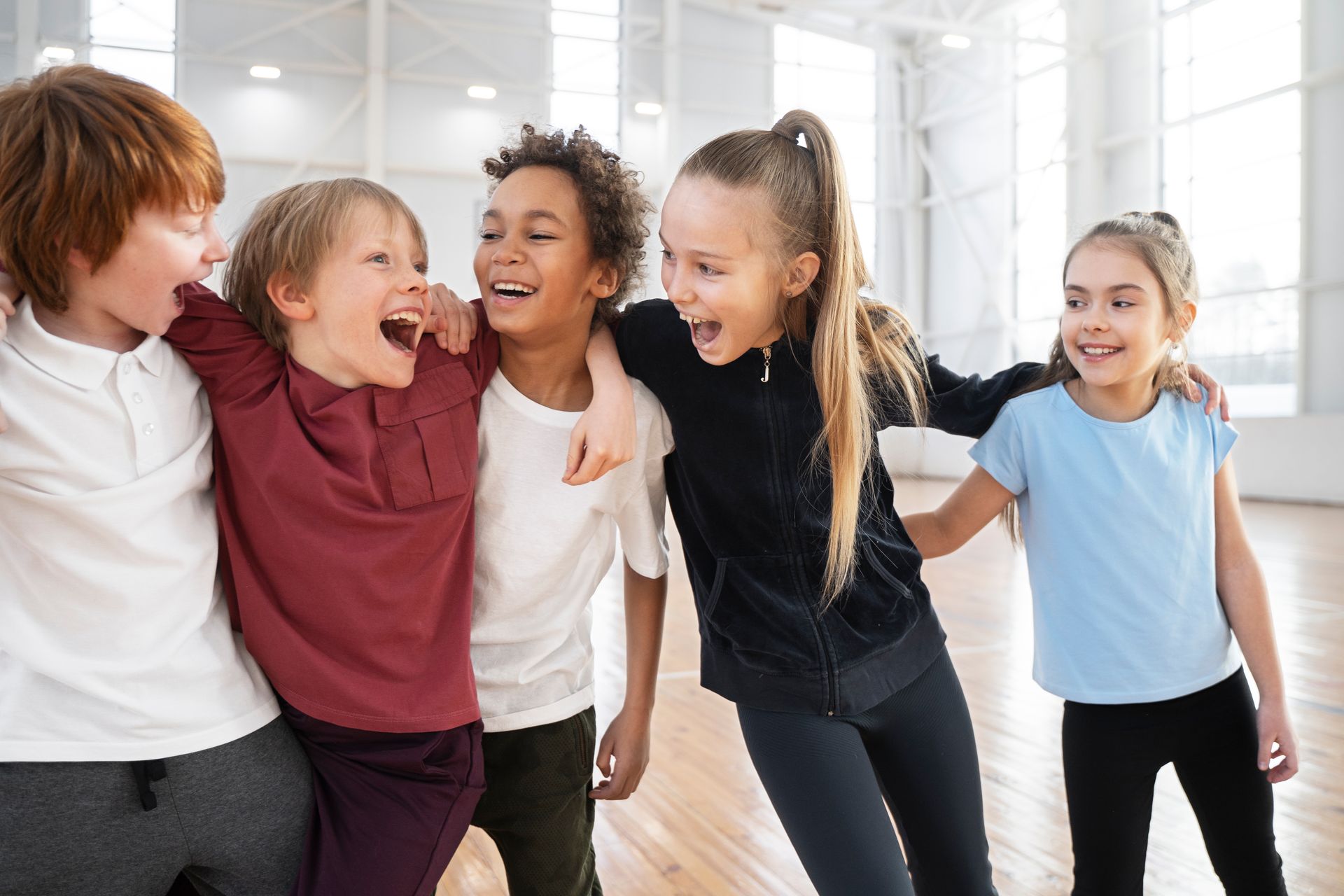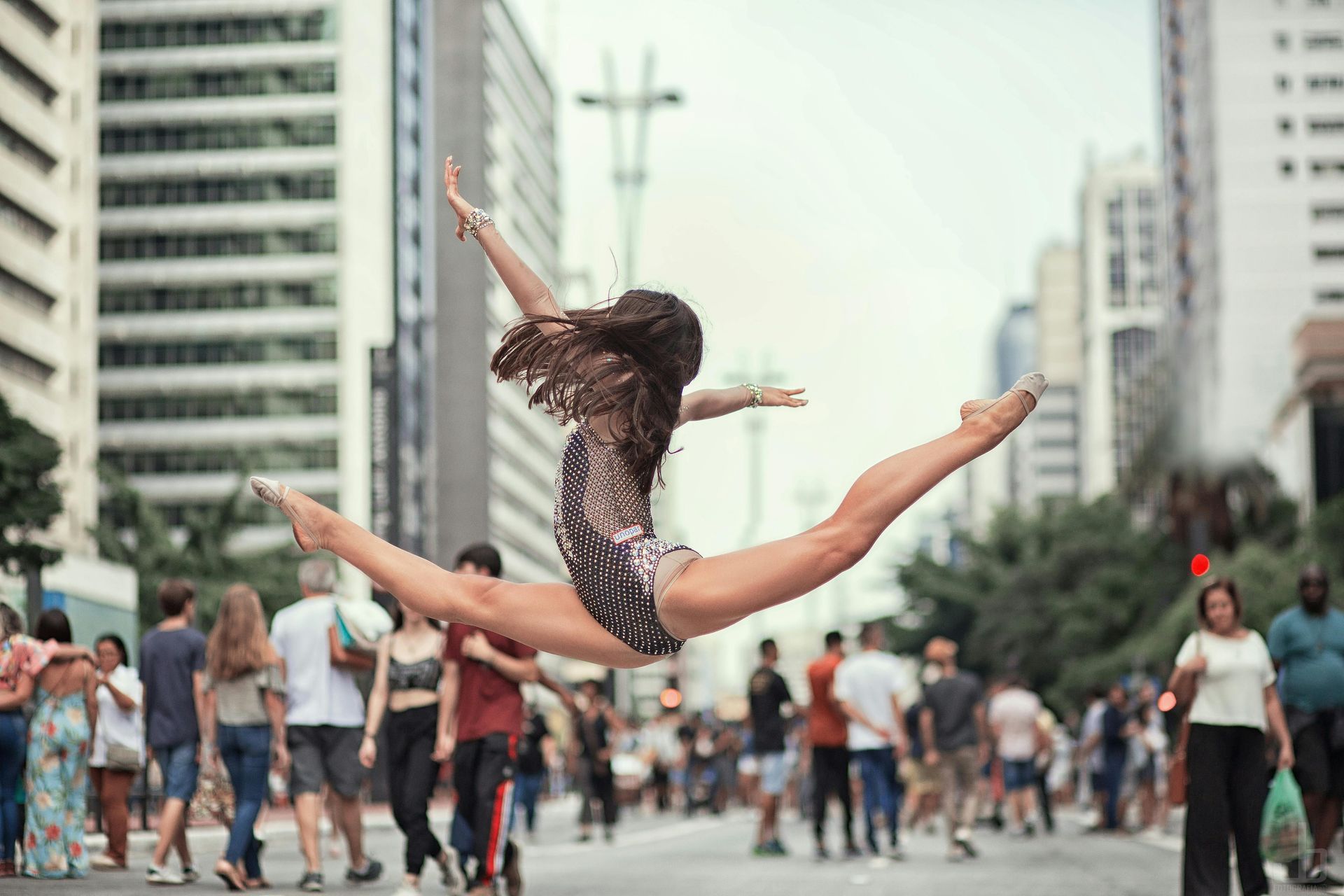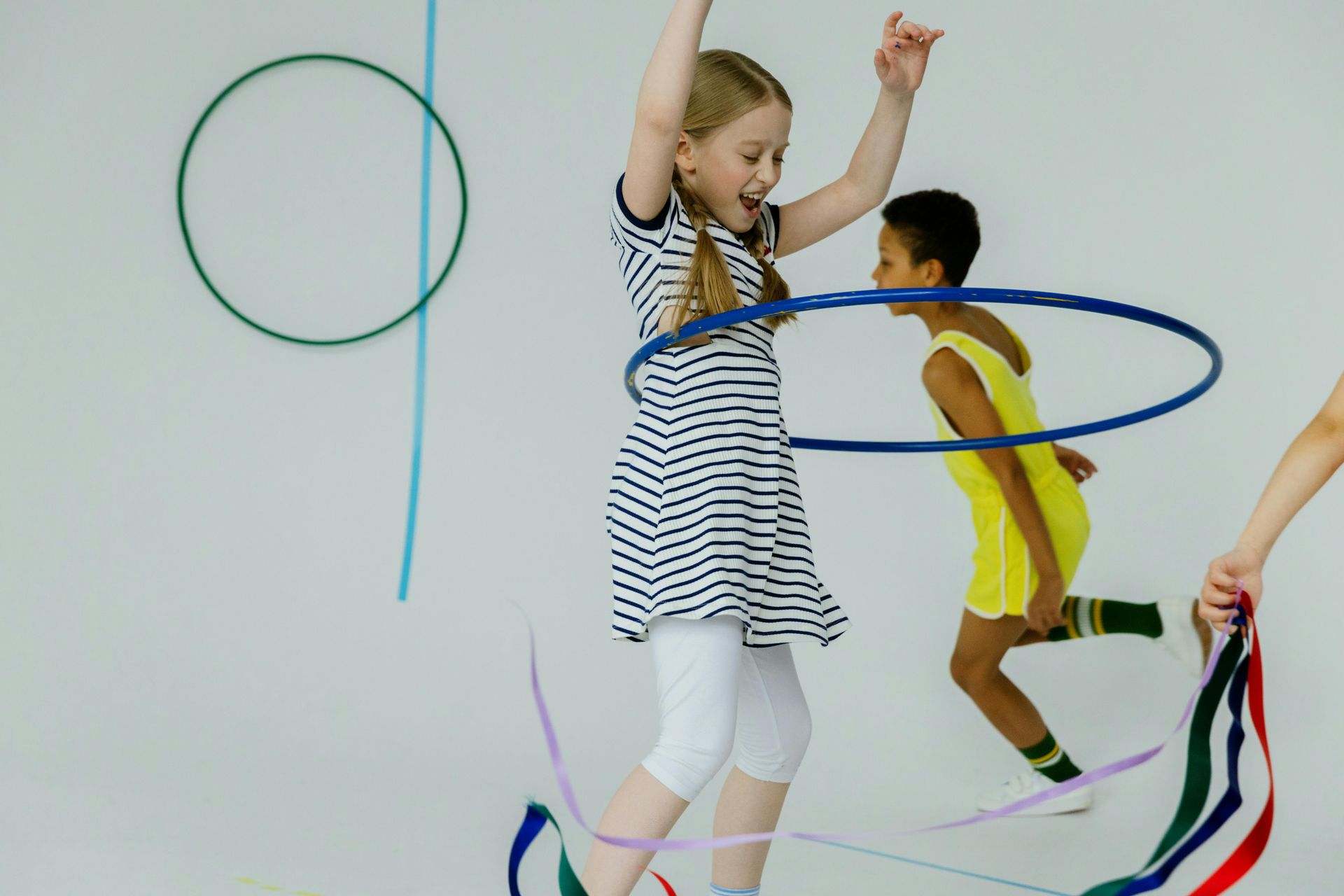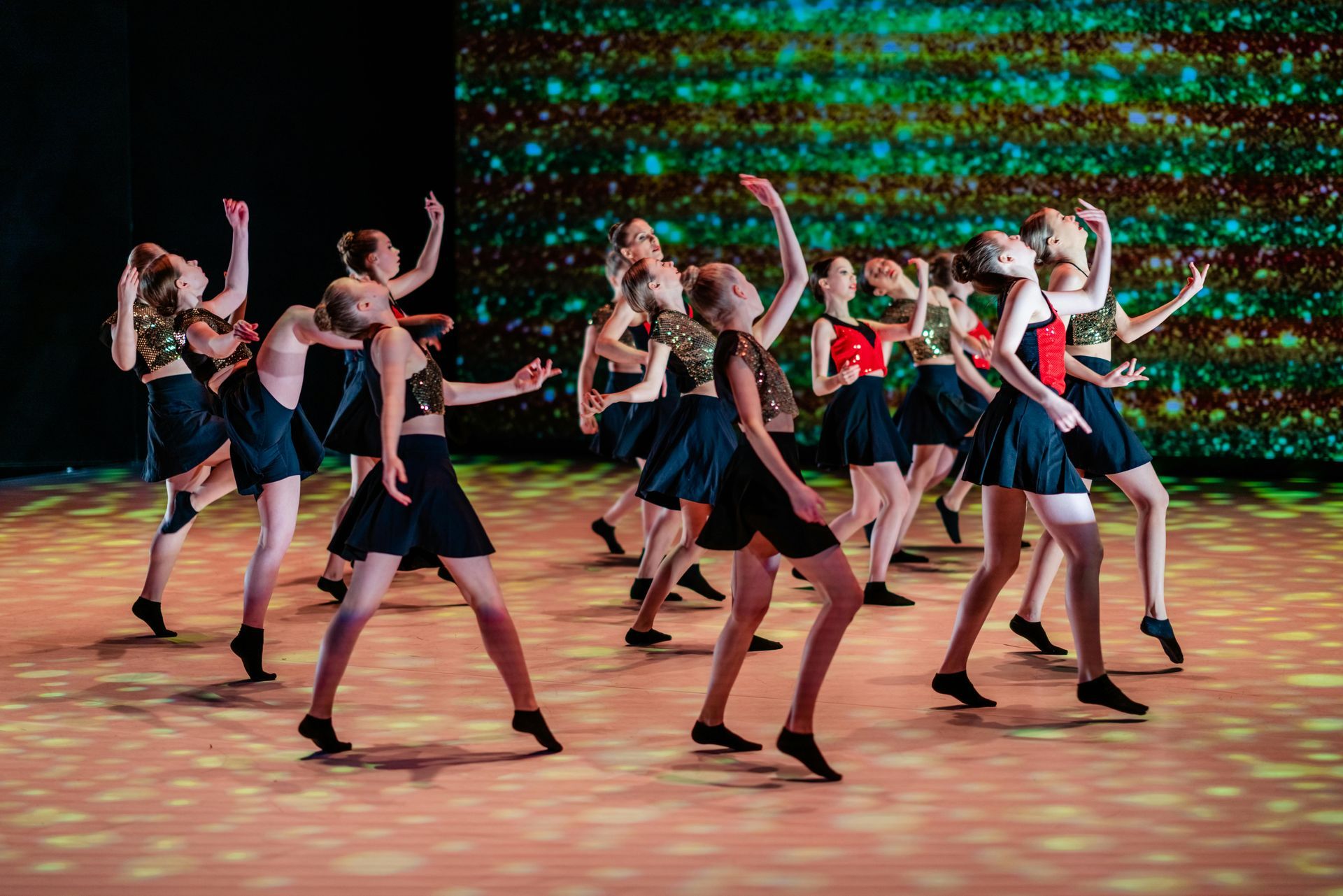Top Benefits of Ballet for Young Dancers
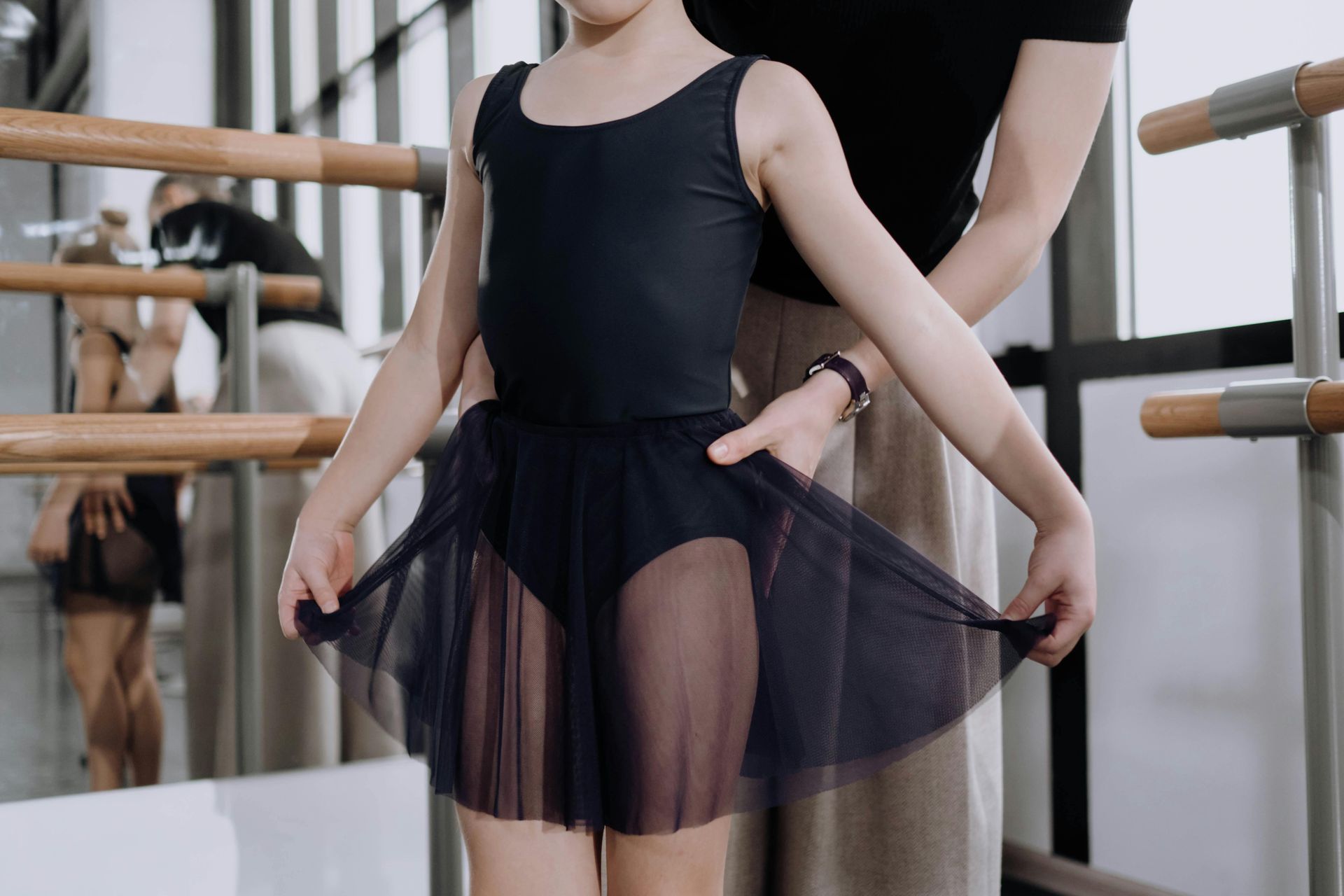
Why Ballet Is the Ideal Start for Young Dancers
Ballet has long been considered the foundation of dance. From improved posture to precise technique, it provides young dancers with the essential tools to succeed not just in ballet but across many other dance styles. In New Jersey, ballet classes for beginners offer a welcoming introduction to classical dance training—building confidence, control, and artistic awareness from day one.
If you're unsure which dance style is the best starting point for your child, this resource on choosing the right dance style gives valuable insight into how ballet lays the groundwork for success across all disciplines.
Starting with Ballet: What Beginners Learn First
Beginning ballet classes focus on movement basics that are approachable, structured, and enjoyable. Young dancers are introduced to fundamental positions, body alignment, and rhythmic patterns, all guided by experienced instructors in a supportive atmosphere.
As they progress, students explore coordination, spatial awareness, and discipline—key skills that will benefit them both in and outside the studio. Ballet is more than just movement; it teaches students how to be present, focused, and expressive through motion.
Here’s what most beginner ballet students experience early on:
• Introduction to posture and balance
• Learning basic ballet positions and terminology
• Improved motor coordination and muscle memory
• Respect for structure and artistic expression
Ballet Enhances Posture and Poise
Good posture is something many parents hope their children develop naturally. Ballet accelerates that process in a positive, engaging way. Through repetition and focus, dancers learn to hold their bodies upright, align their spines, and move gracefully. These posture improvements aren’t just helpful in dance—they carry over into everyday activities like walking, sitting, and even school presentations.
Perhaps more importantly, young dancers also develop self-awareness and stage presence. When a child learns to stand tall and present themselves with grace, it builds confidence that shines far beyond the studio mirrors.
The Role of Technique and Discipline in Growth
One of the defining aspects of ballet is its focus on technique. Proper form, strength, and control are key to executing even the simplest of steps. Ballet builds a strong foundation by refining a dancer’s movement vocabulary early on, which later supports more complex choreography in genres like jazz, lyrical, and contemporary.
Classes at Dance Expression are structured to promote this progression naturally. The ballet curriculum introduces foundational skills and gradually advances students through age-appropriate levels, always emphasizing safe and healthy training.
Pointe work, for example, is only introduced once a student shows the strength, balance, and consistency necessary to take that step—ensuring long-term growth and injury prevention.
More Than Dance: Ballet Teaches Life Skills Too
Beyond technical ability, ballet teaches discipline and emotional expression. Each class encourages patience, teamwork, and resilience. Dancers must listen, observe, practice, and apply feedback—a set of habits that positively influence academic and social success as well.
Parents often report noticeable changes in their child’s confidence and communication after consistent ballet training. And for kids who might be shy or hesitant to speak in groups, dance offers a powerful outlet for self-expression.
Ballet can also support:
• Emotional regulation and focus
• Perseverance through structured learning
• Grace under pressure (especially during performances)
• A sense of accomplishment and pride in improvement
Getting Started with Ballet in NJ
For families in New Jersey looking for ballet classes, the options can be overwhelming. It’s important to find a ballet dance studio that not only offers solid technical training but also creates a warm, encouraging atmosphere for children.
Dance Expression Dance Arts in Hamburg, NJ, has spent decades perfecting that balance. Their classes are led by qualified instructors who know how to teach classical ballet while still keeping the joy in learning. From beginner ballet for toddlers to advanced pointe levels, each class is designed to match the child’s needs, age, and experience level.
Conclusion: Why Ballet Makes a Difference
Ballet isn’t just about technique—it’s about growth, confidence, and creativity. For young dancers in NJ, starting with ballet lays a foundation for strong dance skills, improved posture, and a lifelong love of movement. Whether your child is trying ballet for the first time or looking to take their training to the next level, this timeless art form offers benefits that extend well beyond the studio.
Ready to help your child take their first steps in ballet? Explore your options, meet the instructors, and discover what makes a great ballet class truly inspiring.
Frequently Asked Questions
Q1: Is ballet a good fit for kids with no dance experience?
Yes, ballet for beginners is designed to meet young dancers at their current level—no experience required.
Q2: What age should a child start ballet?
Many studios offer introductory classes as early as age 3 or 4, with age-appropriate movement and structure.
Q3: Will ballet help with other dance styles later?
Absolutely. Ballet provides core technique and discipline that benefit jazz, contemporary, lyrical, and even hip hop.
Q4: How long before my child moves to pointe training?
This depends on strength, consistency, and instructor recommendation—typically after several years of regular ballet.
Q5: Can ballet classes help improve posture and confidence?
Yes. Regular ballet training encourages strong posture and helps children develop graceful, confident body awareness.

